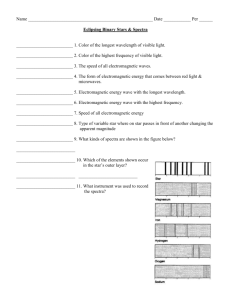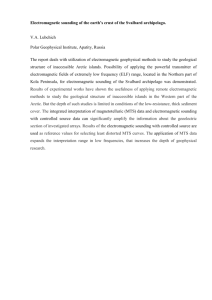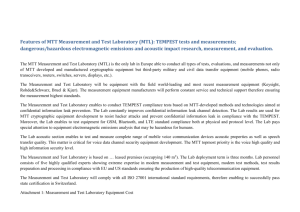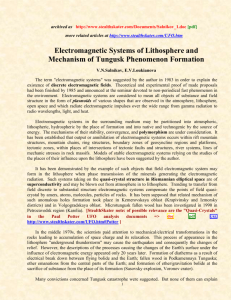INSTRUCTIONS TO AUTHORS FOR THE PREPARATION
advertisement
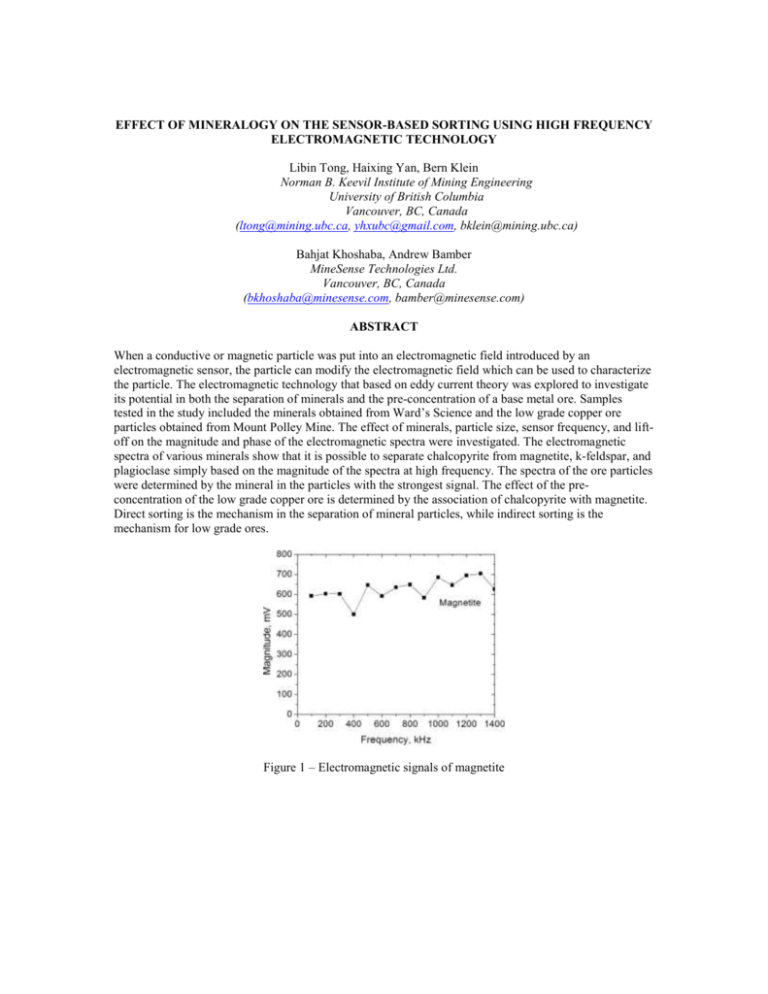
EFFECT OF MINERALOGY ON THE SENSOR-BASED SORTING USING HIGH FREQUENCY ELECTROMAGNETIC TECHNOLOGY Libin Tong, Haixing Yan, Bern Klein Norman B. Keevil Institute of Mining Engineering University of British Columbia Vancouver, BC, Canada (ltong@mining.ubc.ca, yhxubc@gmail.com, bklein@mining.ubc.ca) Bahjat Khoshaba, Andrew Bamber MineSense Technologies Ltd. Vancouver, BC, Canada (bkhoshaba@minesense.com, bamber@minesense.com) ABSTRACT When a conductive or magnetic particle was put into an electromagnetic field introduced by an electromagnetic sensor, the particle can modify the electromagnetic field which can be used to characterize the particle. The electromagnetic technology that based on eddy current theory was explored to investigate its potential in both the separation of minerals and the pre-concentration of a base metal ore. Samples tested in the study included the minerals obtained from Ward’s Science and the low grade copper ore particles obtained from Mount Polley Mine. The effect of minerals, particle size, sensor frequency, and liftoff on the magnitude and phase of the electromagnetic spectra were investigated. The electromagnetic spectra of various minerals show that it is possible to separate chalcopyrite from magnetite, k-feldspar, and plagioclase simply based on the magnitude of the spectra at high frequency. The spectra of the ore particles were determined by the mineral in the particles with the strongest signal. The effect of the preconcentration of the low grade copper ore is determined by the association of chalcopyrite with magnetite. Direct sorting is the mechanism in the separation of mineral particles, while indirect sorting is the mechanism for low grade ores. Figure 1 – Electromagnetic signals of magnetite Figure 2 – Electromagnetic signals of chalcopyrite, k-feldspar, and plagioclase KEYWORDS Electromagnetic sensor, Sensor-based sorting, Pre-concentration, Mineral processing
